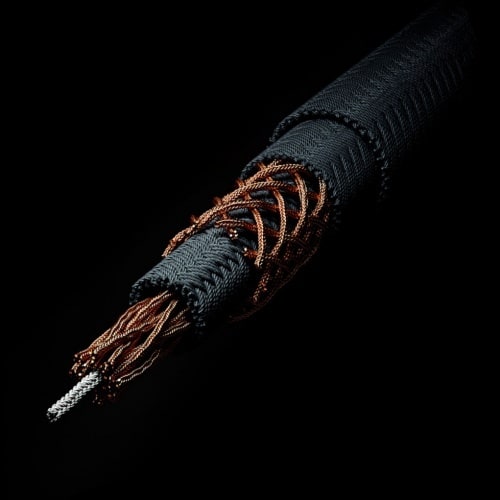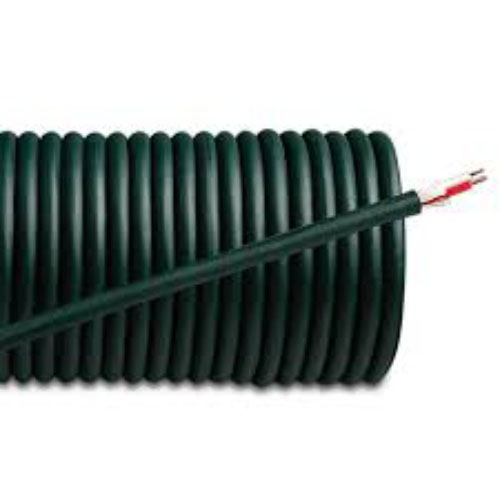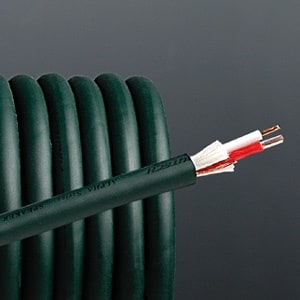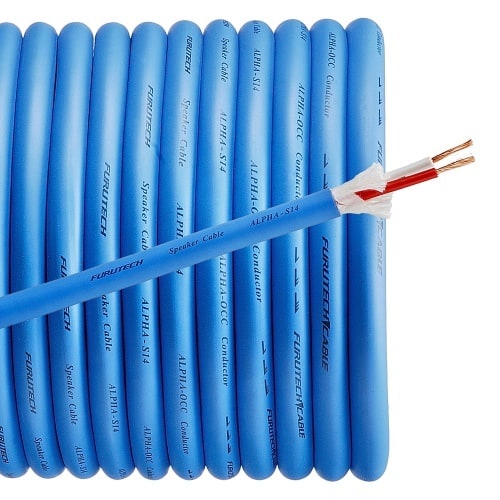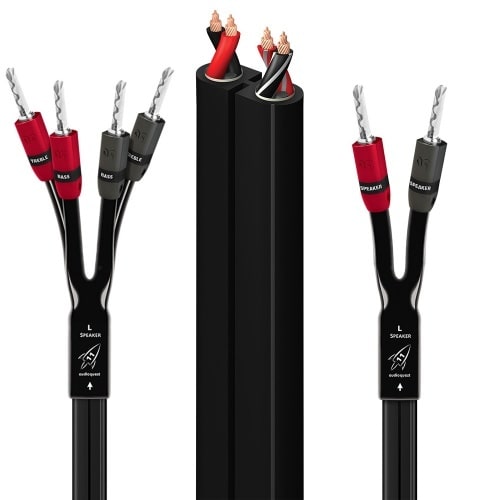Loudspeaker cables – which should I choose?
There are many quality levels of speaker wires, therefore many couldn’t understand what is the best loudspeaker cable for them. If you feel like stuck while choosing speakercable, then feel free to contact us and we try our best to give objective advices. It can be stated that it is not neccessary to buy always the most expensive. For example: if the goal is to hook up a kitchen stereo or a simple bedroom home cinema sound system, then the few EUR/m category can provide a nice, joyful sound experience. But if you want to hook up your high resolution Hi-Fi system or a high(er) category home cinema room, there you can experience dramatic improvements by having better quality cables. If you live in Hungary, you can also try our cables at your home (contact us for more details)!
Quality levels
Our cheaper loudspeaker cables contain stranded, oxigen-free (OFC) conductor, sorrounded by a simple PVC jacket. In the more expensive models the copper has a cleaner, more homogenic structure (for example conductors of Neotech or Furutech). AudioQuest even polishes the surface (PSC or PSC+ conductors) of the coppers. In middle and high end category not just the conductor clarity, but the structure (geometry) and insulation are more advanced too. Sometimes special materials, like teflon, cotton, or copper shielding (in some cases air tubes) are positioned around the cable’s core, in order to reduce noises that would affect the wire. Some cables contain different diameter conductor threads.These seem to be negligible decisions, but you can’t fool the sensitivity of human ear!
Is it worth assembling connectors to a loudspeaker cable?
Or do we need banana plugs or spades at all? It depends. If the cable isn’t too thick/heavy and you can twist the copper drains with your fingers, than the cable can be connected into the terminal of your amplifier or loudspeaker. If you don’t remove the cables too often, then this is a cost-friendly solution. Speaker cable connectors are practical (or even neccessary) in two cases. The first case is when the cable has too much weight, or the conductor cross-section is so big, it doesn’t even fit into the termination. The other case is when the conductor has thick, solid cores, because in this situation it’s nearly impossible to put the wire securely into the termination.

